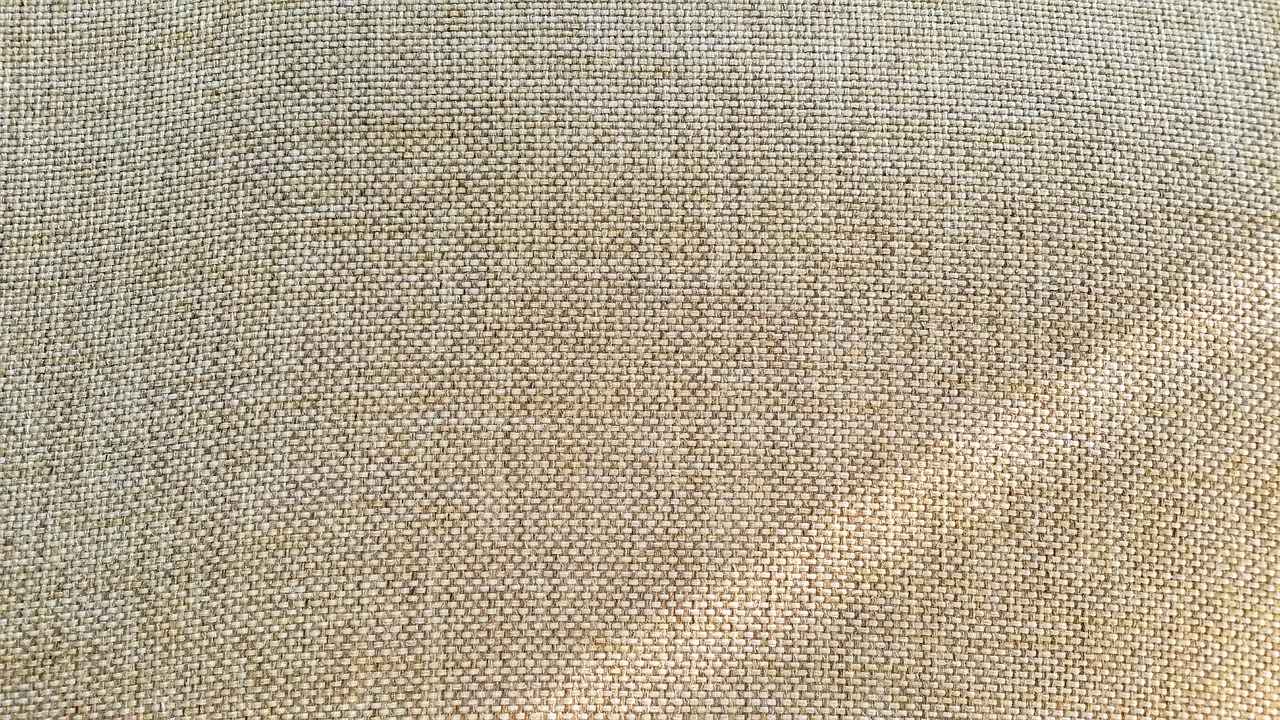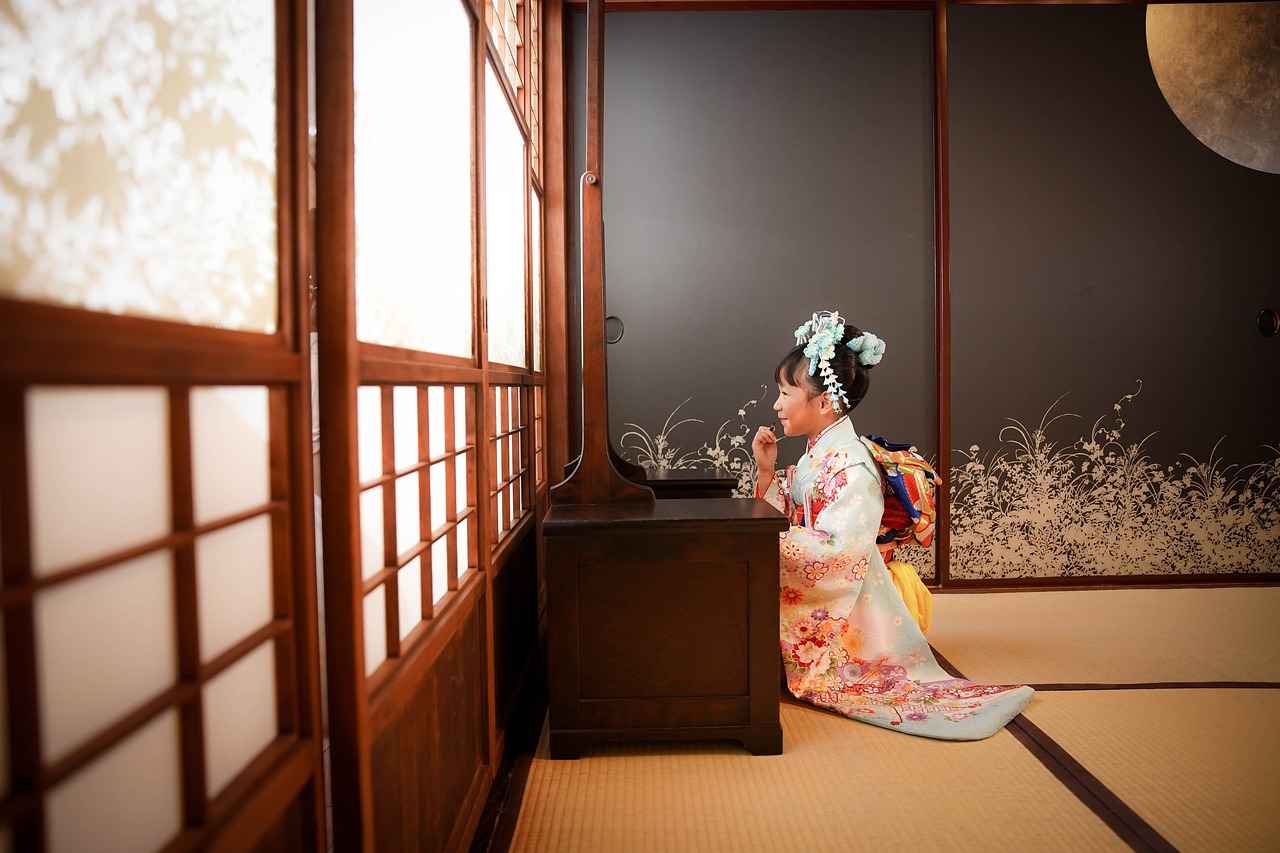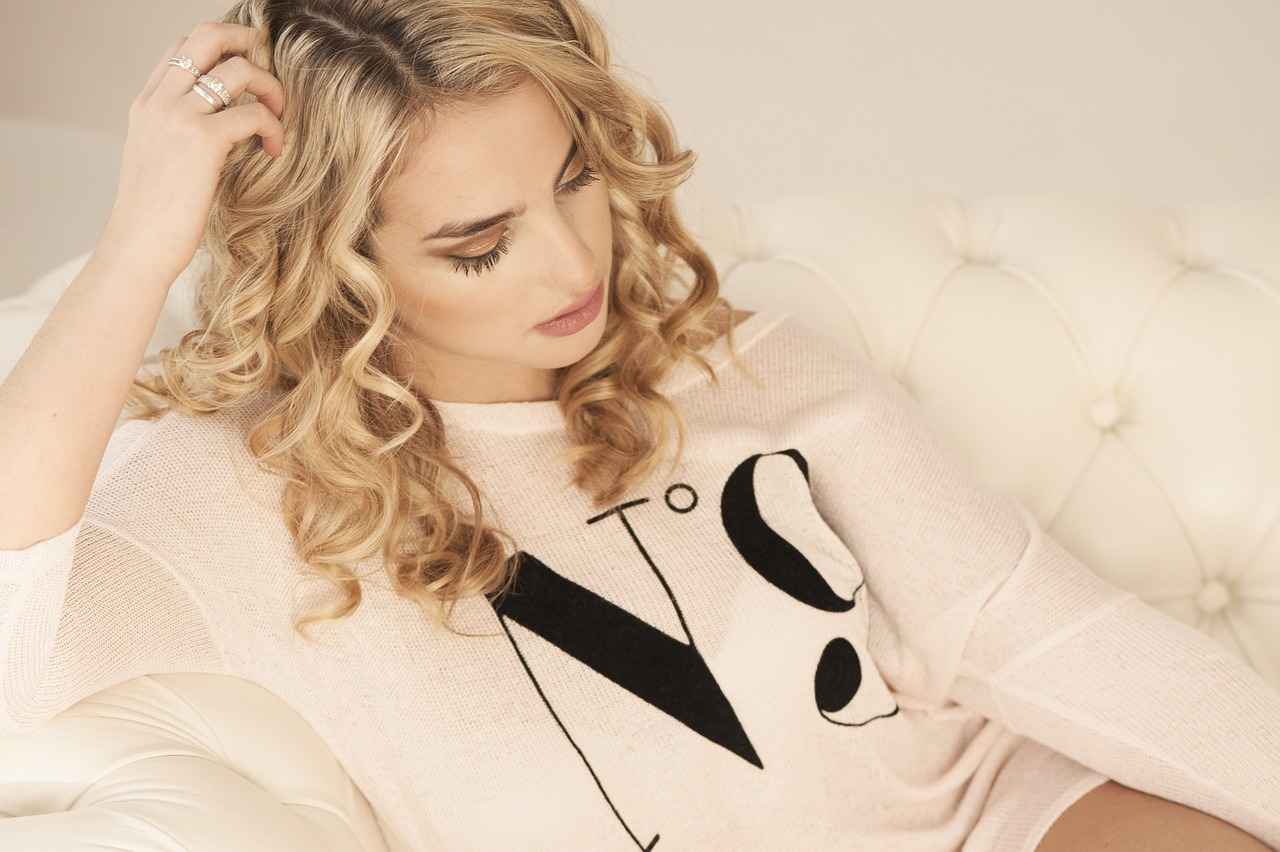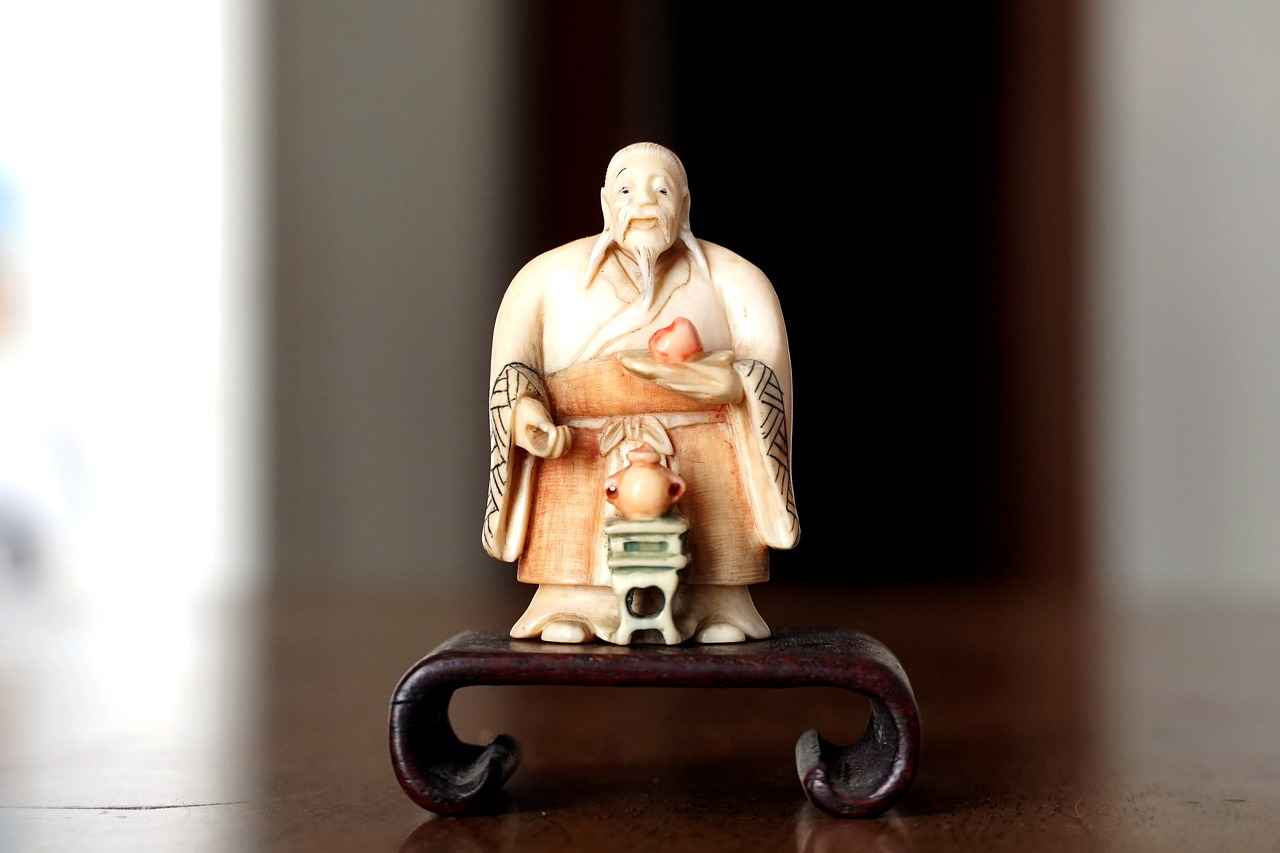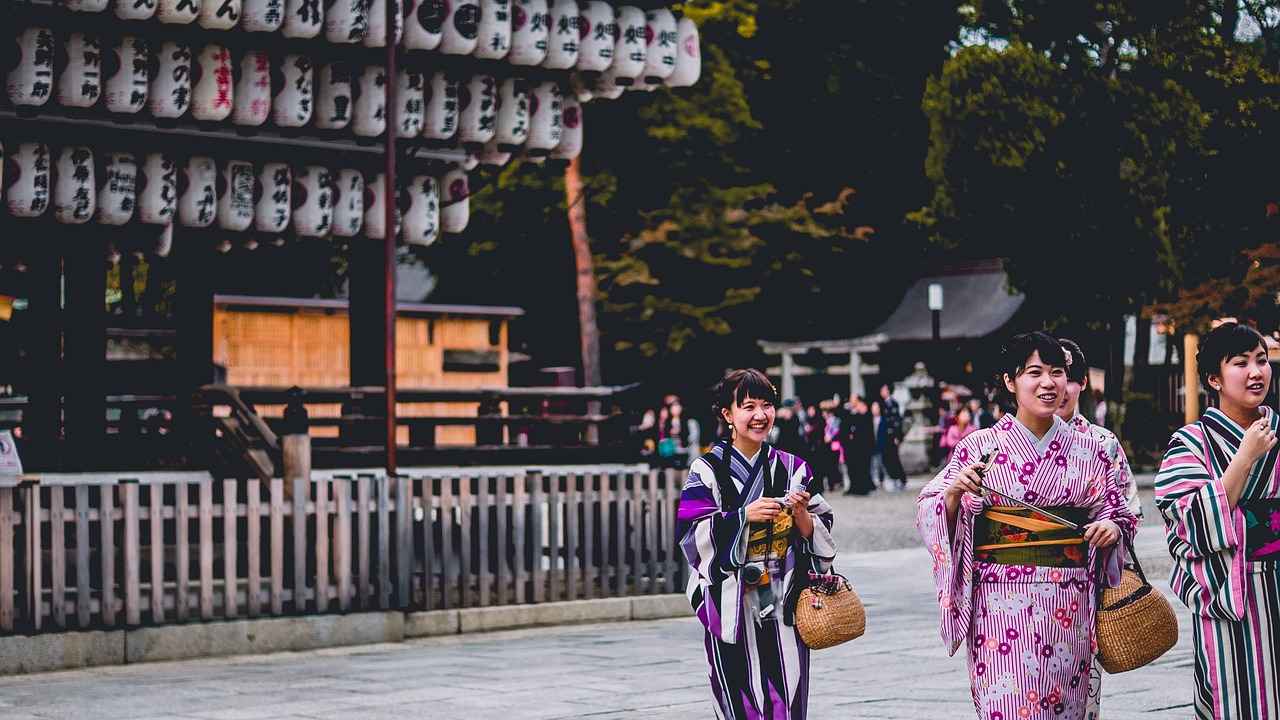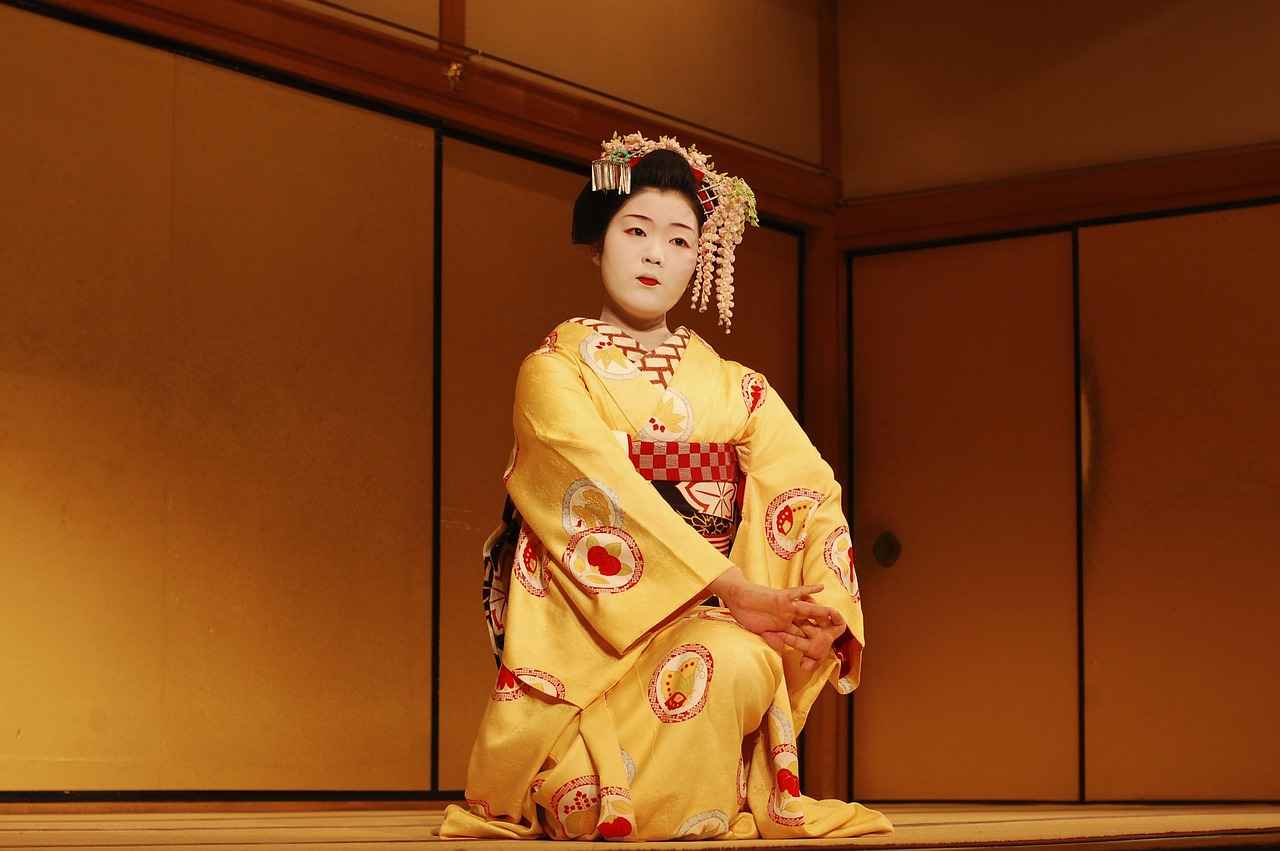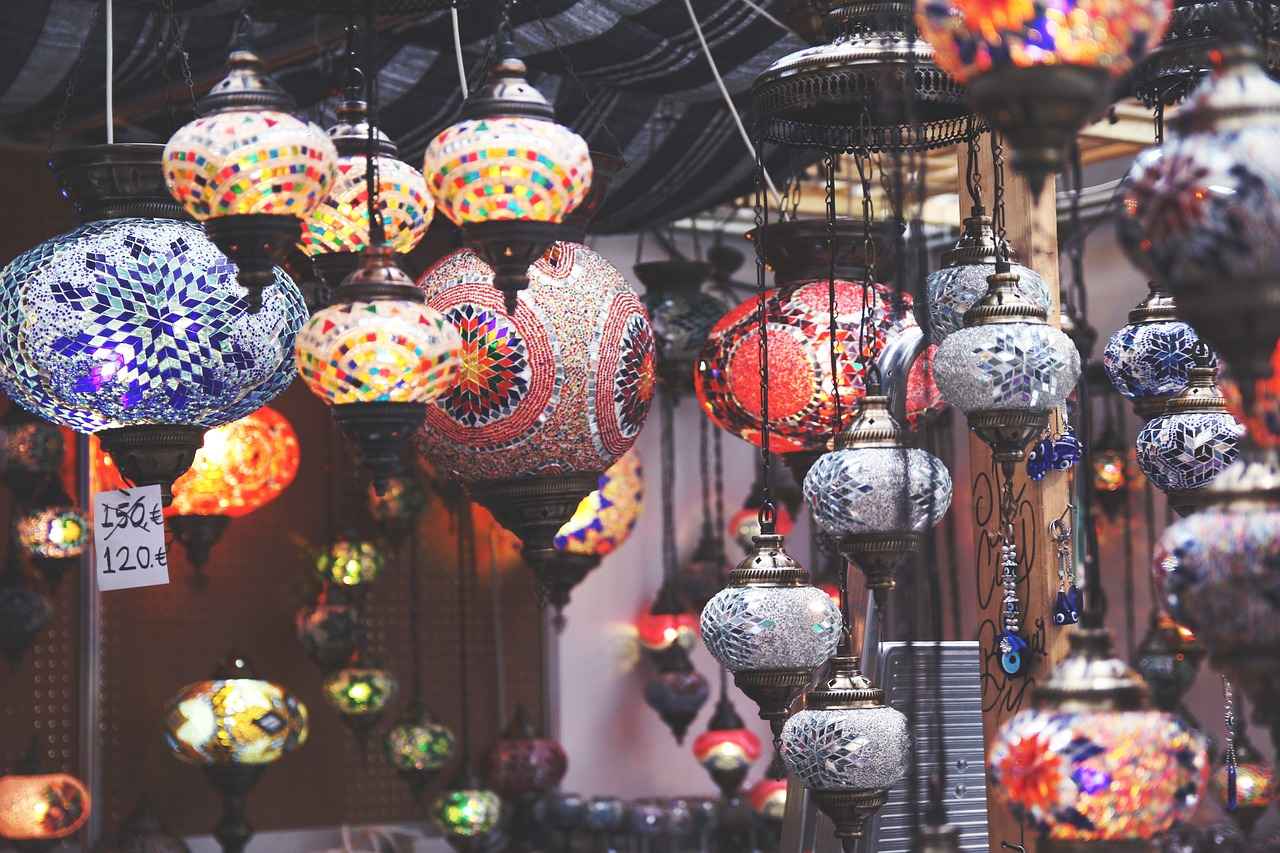In this article, we will explore the various factors to consider when selecting the perfect kimono fabric, ensuring your outfit is stylish, comfortable, and appropriate for any occasion.
Understanding Kimono Fabrics
Kimono fabrics come in a variety of materials, each offering unique textures and aesthetics. Understanding these options is essential for making an informed choice that complements your style.
Common Types of Kimono Fabrics
- Silk Kimonos: Silk is a luxurious material that drapes beautifully and feels soft against the skin. It is often used for formal occasions and special events, making it a popular choice for elegant kimonos.
- Cotton Kimonos: Cotton is a versatile and breathable fabric, ideal for casual wear. It offers comfort and ease of movement, making it suitable for everyday use and warm weather.
- Synthetic Blends: These fabrics combine the best qualities of various materials, offering durability and ease of care.
Choosing the Right Fabric for the Season
Seasonality plays a crucial role in fabric selection. Understanding which materials are best suited for different seasons can enhance comfort and style in your kimono.
- Summer Fabrics: Lightweight and breathable fabrics like cotton and linen are preferred in summer. These materials help keep you cool while providing a stylish appearance for outdoor events.
- Winter Fabrics: For winter, heavier fabrics such as wool or layered silk can provide warmth without sacrificing style.
Patterns and Colors to Consider
The choice of patterns and colors can significantly impact the overall look of your kimono. Understanding how these elements affect your outfit will help you make a stylish choice.
- Traditional vs. Modern Patterns: Traditional patterns often feature intricate designs with cultural significance, while modern patterns may offer a more contemporary aesthetic.
- Color Psychology in Fashion: Colors evoke emotions and can influence perceptions. Understanding color psychology can guide you in selecting hues that reflect your personality and the occasion for your kimono.
Final Considerations When Choosing Fabric
In conclusion, selecting the right kimono fabric involves considering factors such as comfort, occasion, and personal style. By following these guidelines, you can choose a kimono that enhances your wardrobe.
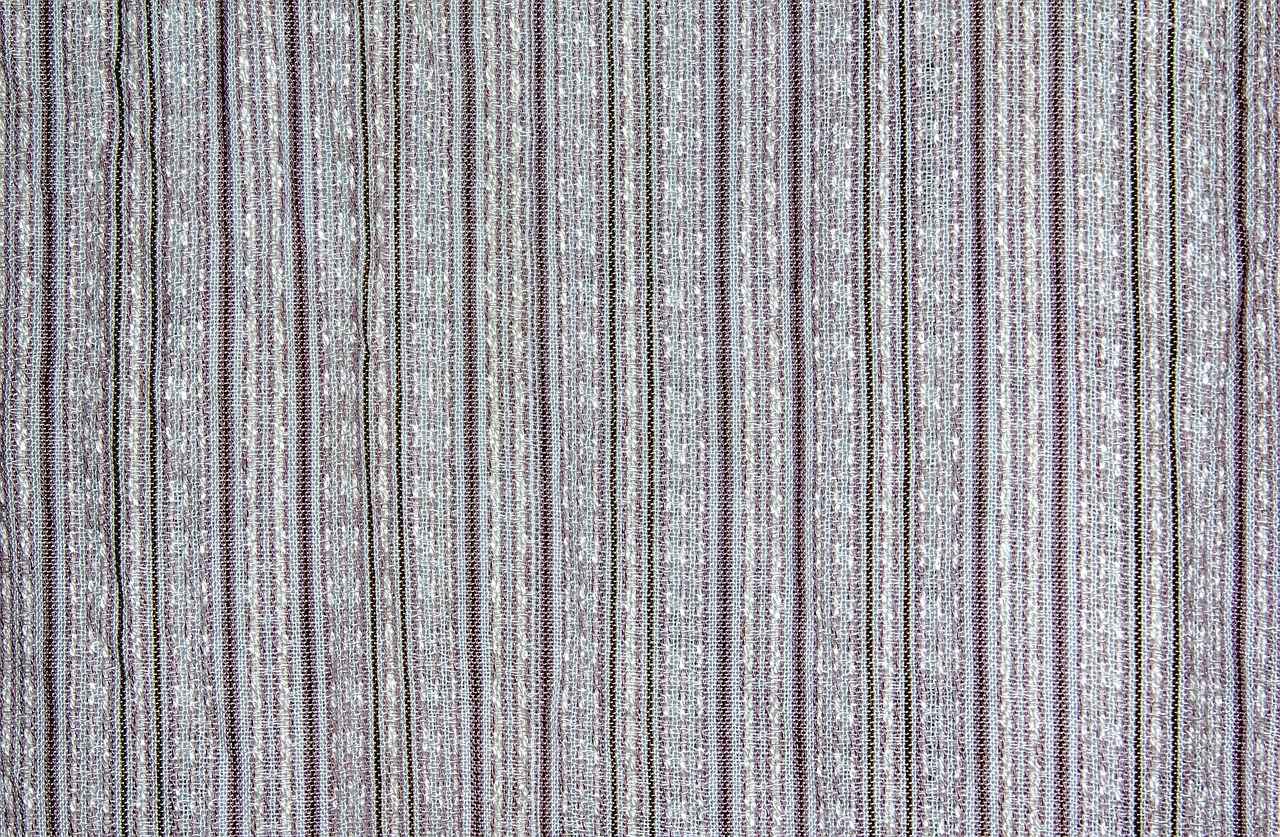
Understanding Kimono Fabrics
Kimono fabrics are an essential aspect of this traditional Japanese garment, offering a rich tapestry of materials that cater to various tastes and occasions. Each fabric type brings its own unique textures and aesthetics, which can significantly influence the overall look and feel of the kimono. Understanding these fabric options is crucial for making a choice that truly complements your personal style.
Here are some common types of kimono fabrics:
- Silk: Renowned for its luxurious feel, silk kimonos are often chosen for formal events. The fabric drapes elegantly and is available in vibrant colors and intricate patterns.
- Cotton: A more casual option, cotton is breathable and comfortable, making it ideal for everyday wear. It is particularly popular in warmer climates.
- Linen: Similar to cotton, linen is lightweight and breathable, perfect for summer outings. It has a slightly textured finish that adds a unique touch.
- Wool: For colder months, wool kimonos provide warmth and can be layered for added comfort, all while maintaining a stylish appearance.
- Synthetic Blends: These fabrics often combine the best qualities of natural fibers with added durability and ease of care, making them a practical choice for many.
When selecting a kimono fabric, consider factors such as seasonality, occasion, and personal preference. For instance, silk is perfect for formal events, while cotton is better suited for casual outings. Additionally, the choice of patterns and colors can greatly enhance your outfit, allowing for personal expression and cultural appreciation.
In conclusion, understanding the various kimono fabrics available will empower you to make informed choices that reflect your style and meet your needs. Whether you prefer the elegance of silk or the comfort of cotton, there’s a perfect kimono fabric out there for everyone.
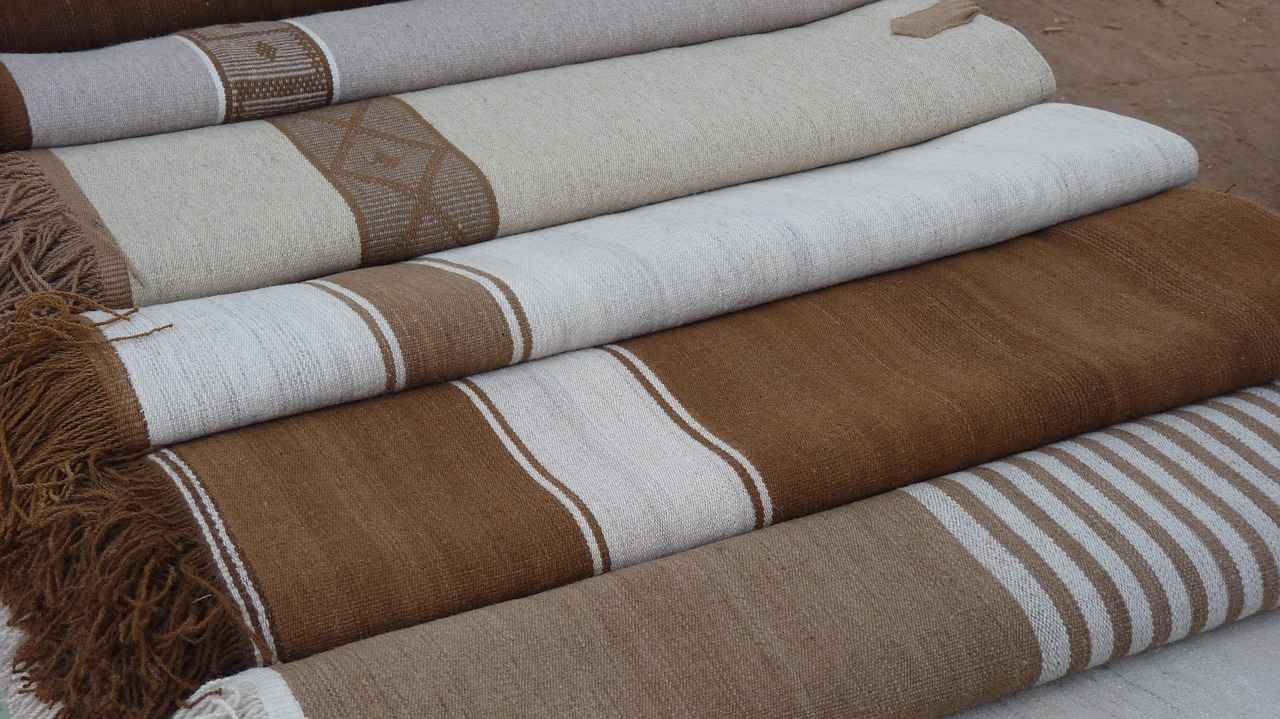
Common Types of Kimono Fabrics
When it comes to kimono making, the choice of fabric plays a pivotal role in determining the overall look, feel, and functionality of the garment. Understanding the different types of fabrics available is essential for anyone looking to make an informed decision. Below, we will delve into the most common types of kimono fabrics, highlighting their unique characteristics and ideal uses.
- Silk: Renowned for its luxurious texture, silk is a top choice for formal kimonos. It drapes elegantly and feels soft against the skin, making it ideal for special occasions such as weddings and ceremonies. Silk kimonos often feature vibrant colors and intricate patterns, adding a touch of sophistication to any outfit.
- Cotton: A versatile and breathable option, cotton is perfect for casual wear. It allows for easy movement and is particularly suited for warmer climates. Cotton kimonos are often adorned with playful designs and are great for everyday use or relaxed gatherings.
- Synthetic Blends: These fabrics combine the best qualities of natural fibers with the durability of synthetic materials. They are often more affordable and easier to care for, making them a practical choice for those who want a stylish look without the maintenance of silk or cotton.
Each of these fabrics has its own set of qualities that cater to different occasions and personal preferences. For instance, while silk may be perfect for an elegant evening out, cotton is ideal for a casual day at home. Understanding these differences can help you choose a kimono that not only looks good but also feels comfortable and appropriate for the event.
In conclusion, selecting the right fabric for your kimono is crucial in achieving the desired aesthetic and comfort. By familiarizing yourself with the characteristics of silk, cotton, and synthetic blends, you can make a choice that enhances your wardrobe and suits your lifestyle.
Silk Kimonos
are not just garments; they are a testament to the art of fabric and fashion. Renowned for their luxurious feel and exquisite draping, silk kimonos have become synonymous with elegance and sophistication. In this article, we will delve deeper into the allure of silk kimonos, exploring their unique characteristics, benefits, and care tips to ensure they remain a staple in your wardrobe for years to come.
Silk is a natural fiber that is derived from the cocoons of silkworms, making it one of the most luxurious materials available. The softness of silk against the skin is unmatched, providing a comfortable wearing experience that is ideal for both special occasions and everyday elegance. The fabric’s ability to regulate temperature makes it suitable for various climates, allowing you to enjoy wearing a silk kimono year-round.
- Vibrant Colors: The natural sheen of silk enhances color vibrancy, allowing for stunning hues and intricate patterns that catch the eye.
- Timeless Elegance: Silk kimonos are often associated with formal events, making them a perfect choice for weddings, parties, and other special gatherings.
- Durability: When cared for properly, silk can last for years, maintaining its beauty and integrity through multiple wears.
To preserve the quality of your silk kimono, follow these care tips:
1. Hand wash in cold water with a gentle detergent.2. Avoid wringing or twisting the fabric.3. Air dry away from direct sunlight to prevent fading.4. Store in a cool, dry place, ideally in a breathable garment bag.
In summary, silk kimonos are a luxurious addition to any wardrobe, combining beauty with comfort. Their unique properties make them suitable for a range of occasions, while proper care ensures their longevity. Whether you’re dressing for a formal event or seeking a statement piece for everyday wear, a silk kimono is a wise investment that embodies elegance and style.
Benefits of Silk
Benefits of Silk Kimonos
When it comes to selecting a kimono, silk stands out as the fabric of choice for many fashion enthusiasts. This luxurious material not only offers a stunning visual appeal but also provides numerous benefits that enhance the wearer’s experience. Below, we delve into the key advantages of choosing a silk kimono, ensuring you understand why this fabric is a timeless option.
- Vibrant Colors: Silk kimonos are renowned for their vibrant colors. The natural sheen of silk allows dyes to appear more vivid and rich, making each piece a statement of elegance.
- Intricate Patterns: The smooth surface of silk is ideal for printing intricate patterns. Artisans can create detailed designs that reflect cultural heritage or modern aesthetics, adding a unique touch to your wardrobe.
- Soft Texture: Silk is incredibly soft against the skin, providing a luxurious feel that enhances comfort. This makes silk kimonos perfect for both casual and formal settings.
- Natural Sheen: The natural luster of silk adds a touch of sophistication to any outfit. Whether worn for a special occasion or as everyday wear, a silk kimono elevates your style effortlessly.
- Versatility: Silk kimonos are versatile enough to be paired with various outfits. They can be dressed up for evening wear or styled casually for daytime events, making them a valuable addition to any closet.
- Thermal Regulation: Silk has natural insulating properties, which means it can keep you warm in cooler temperatures while remaining breathable in warmer weather. This makes silk kimonos suitable for year-round wear.
In conclusion, the benefits of silk kimonos extend beyond their aesthetic appeal. Their vibrant colors, intricate patterns, and luxurious texture make them an essential item for anyone looking to enhance their wardrobe. When you choose a silk kimono, you are investing in a piece that combines beauty with comfort and versatility.
Care Tips for Silk
Caring for silk is essential to maintain its beauty and durability. This luxurious fabric requires special attention to ensure that it remains in pristine condition over time. Here are some comprehensive care tips to help you preserve your silk garments, particularly your cherished kimono.
- Handwashing is Key: Always opt for handwashing your silk items rather than machine washing. Fill a basin with cool water and add a gentle detergent specifically designed for silk. Gently agitate the water and immerse your kimono, allowing it to soak for about 5-10 minutes.
- Avoid Harsh Chemicals: Steer clear of bleach and harsh detergents, as these can damage the delicate fibers of silk. Instead, use mild, pH-balanced detergents to maintain the fabric’s integrity.
- Rinsing: After washing, rinse your kimono thoroughly in cool water to remove any soap residue. Avoid wringing or twisting the fabric, as this can distort its shape.
- Air Drying: Always air dry your silk garments. Lay the kimono flat on a clean, dry towel to absorb excess water, then hang it in a shaded area away from direct sunlight. Direct sunlight can cause colors to fade and weaken the fibers.
- Iron with Care: If your silk kimono needs ironing, use a low heat setting and place a cloth between the iron and the fabric to prevent direct contact. This will help avoid any burns or shiny spots.
- Storage: Store your silk kimono in a cool, dry place. Use breathable garment bags to protect it from dust and pests, and avoid hanging it on metal hangers, which can cause stretching.
By following these care tips, you can ensure that your silk kimono remains stunning and retains its luxurious appeal for many years to come. Proper care not only enhances the longevity of the fabric but also keeps it looking fresh and vibrant, making it a cherished piece in your wardrobe.
Cotton Kimonos
are a popular choice for those seeking a blend of comfort and style. This versatile fabric is well-known for its breathable qualities, making it an excellent option for casual wear and warm weather. In this section, we will delve deeper into the many benefits of cotton kimonos, their unique characteristics, and how to style them effectively.
- Breathability: Cotton is a natural fiber that allows air to circulate, keeping you cool during hot days.
- Comfort: The soft texture of cotton provides a gentle feel against the skin, ensuring all-day comfort.
- Durability: Cotton is known for its strength and resilience, making it a long-lasting choice for your wardrobe.
- Easy to Care For: Cotton kimonos are typically machine washable, which makes maintenance simple and hassle-free.
When it comes to styling your cotton kimono, the possibilities are endless. Here are some practical tips:
1. Pair with a simple t-shirt and jeans for a relaxed look.2. Layer over a summer dress for added flair.3. Accessorize with a statement belt to define your waist.4. Choose vibrant prints or colors to make a bold fashion statement.
Cotton kimonos are versatile enough to be worn for various occasions:
- Casual Outings: Perfect for brunches, picnics, or casual meet-ups with friends.
- Beach Days: Use it as a cover-up over your swimsuit for a stylish beach look.
- Home Relaxation: Ideal for lounging at home, providing comfort without compromising style.
In conclusion, are an essential addition to any wardrobe. Their combination of comfort, style, and practicality makes them suitable for a variety of settings. Whether you are dressing up for a special occasion or seeking a comfortable outfit for everyday wear, a cotton kimono is an excellent choice.
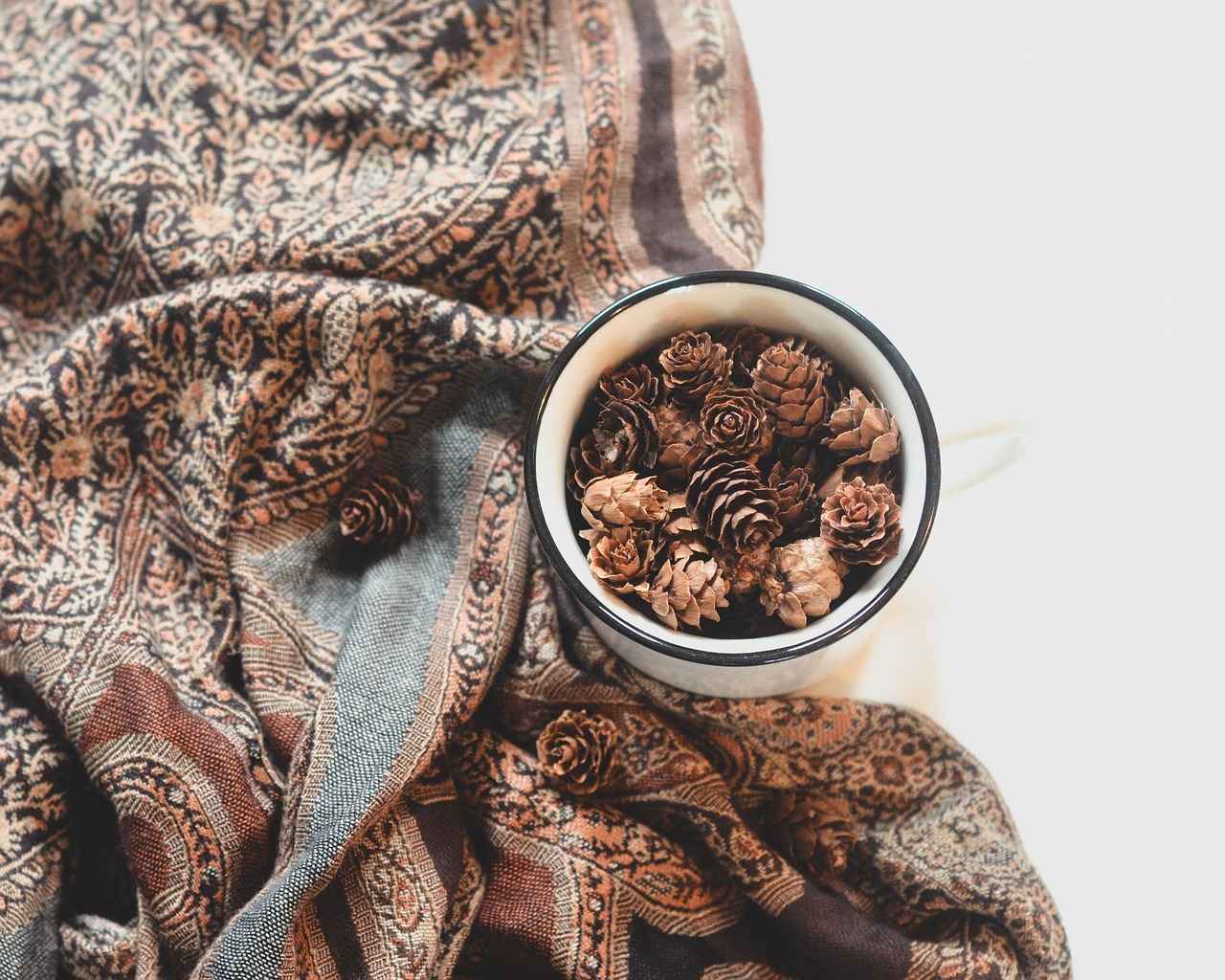
Choosing the Right Fabric for the Season
When it comes to selecting the perfect kimono, understanding the seasonality of fabrics is essential. Each season brings with it unique weather conditions that can greatly influence your choice of material, ensuring not only comfort but also style.
Summer Fabrics: Stay Cool and Stylish
In the hot summer months, lightweight and breathable fabrics are essential. Cotton and linen are two of the best options for summer kimonos. These materials allow for air circulation, keeping you cool while still looking fashionable. Cotton kimonos are especially popular for casual outings, while linen can elevate your look for more formal summer events.
Winter Fabrics: Embrace Warmth and Elegance
As temperatures drop, heavier fabrics become necessary. Wool and layered silk are excellent choices for winter kimonos. These materials not only provide warmth but also maintain an elegant appearance. A wool kimono can be both cozy and chic, perfect for winter gatherings, while layered silk offers a luxurious touch for special occasions.
Transitional Fabrics: Versatility for Spring and Fall
During the transitional seasons of spring and fall, consider fabrics that can adapt to fluctuating temperatures. Silk blends and lightweight wools are ideal for these times. They offer enough warmth for cooler days while being breathable enough for warmer afternoons, allowing for a versatile wardrobe.
Conclusion: Making Informed Choices
Ultimately, choosing the right fabric for your kimono based on the season is crucial for achieving a balance of comfort and style. By being mindful of the characteristics of different materials, you can enhance your kimono collection and ensure that you always look your best, no matter the weather.
Summer Fabrics
play a crucial role in maintaining comfort and style during the warmer months. As temperatures rise, the choice of fabric becomes essential not only for personal comfort but also for aesthetic appeal. Lightweight and breathable materials are particularly favored, ensuring that you can enjoy outdoor activities without feeling overheated.
Among the most popular summer fabrics are cotton and linen. These materials are known for their exceptional breathability and moisture-wicking properties, making them ideal for hot weather. Cotton, a natural fiber, is soft against the skin and allows for air circulation, which helps keep you cool. Similarly, linen, derived from the flax plant, is known for its unique texture and ability to absorb moisture, providing a refreshing feel even in the heat.
| Fabric Type | Benefits | Ideal Uses |
|---|---|---|
| Cotton | Soft, breathable, versatile | Casual wear, everyday outfits |
| Linen | Highly breathable, moisture-wicking | Beachwear, summer events |
When selecting a kimono or any summer outfit, consider the fit and style as well. Loose-fitting garments allow for better airflow, enhancing comfort during hot days. Additionally, choosing light colors can reflect sunlight, further keeping you cool. Fabrics with vibrant patterns can add a touch of flair, making your outfit suitable for various outdoor events, from casual picnics to more formal gatherings.
In conclusion, opting for lightweight fabrics like cotton and linen during the summer not only enhances comfort but also ensures a stylish appearance. By understanding the properties of these materials, you can make informed choices that keep you looking and feeling great throughout the season.
Winter Fabrics
are essential for maintaining warmth and style during the colder months. As the temperature drops, it becomes crucial to select materials that not only provide insulation but also enhance your overall look. In this section, we will delve into the best fabric options for winter kimonos, ensuring you stay cozy and fashionable.
When choosing , it is important to consider the following:
- Wool: Known for its excellent thermal properties, wool is a classic choice for winter wear. It traps heat effectively while allowing moisture to escape, keeping you warm without overheating.
- Layered Silk: While silk is often associated with warmer weather, layered silk can provide an unexpected solution for winter kimonos. The layering technique adds insulation, making it a stylish option for colder days.
- Cashmere: This luxurious fabric is not only soft but also incredibly warm. Cashmere kimonos offer a touch of elegance while ensuring you remain comfortable.
- Fleece: For a more casual look, fleece is a fantastic option. It is lightweight yet warm, making it ideal for everyday wear.
In addition to fabric type, consider the weight of the material. Heavier fabrics provide more insulation, making them suitable for extremely cold weather. Opting for a kimono made from a thicker fabric can ensure that you remain comfortable even in the harshest conditions.
It’s also worth noting that layering is a practical approach during winter. Wearing a lighter kimono over a warm sweater or long-sleeve top can create a chic look while providing the necessary warmth. This versatility allows you to adapt your outfit to changing temperatures throughout the day.
In conclusion, selecting the right winter fabric is crucial for achieving a balance between warmth and style. By choosing materials like wool, layered silk, and cashmere, you can ensure that your winter kimono not only keeps you cozy but also enhances your overall aesthetic. Remember, comfort should never be sacrificed for style, especially during the colder months.
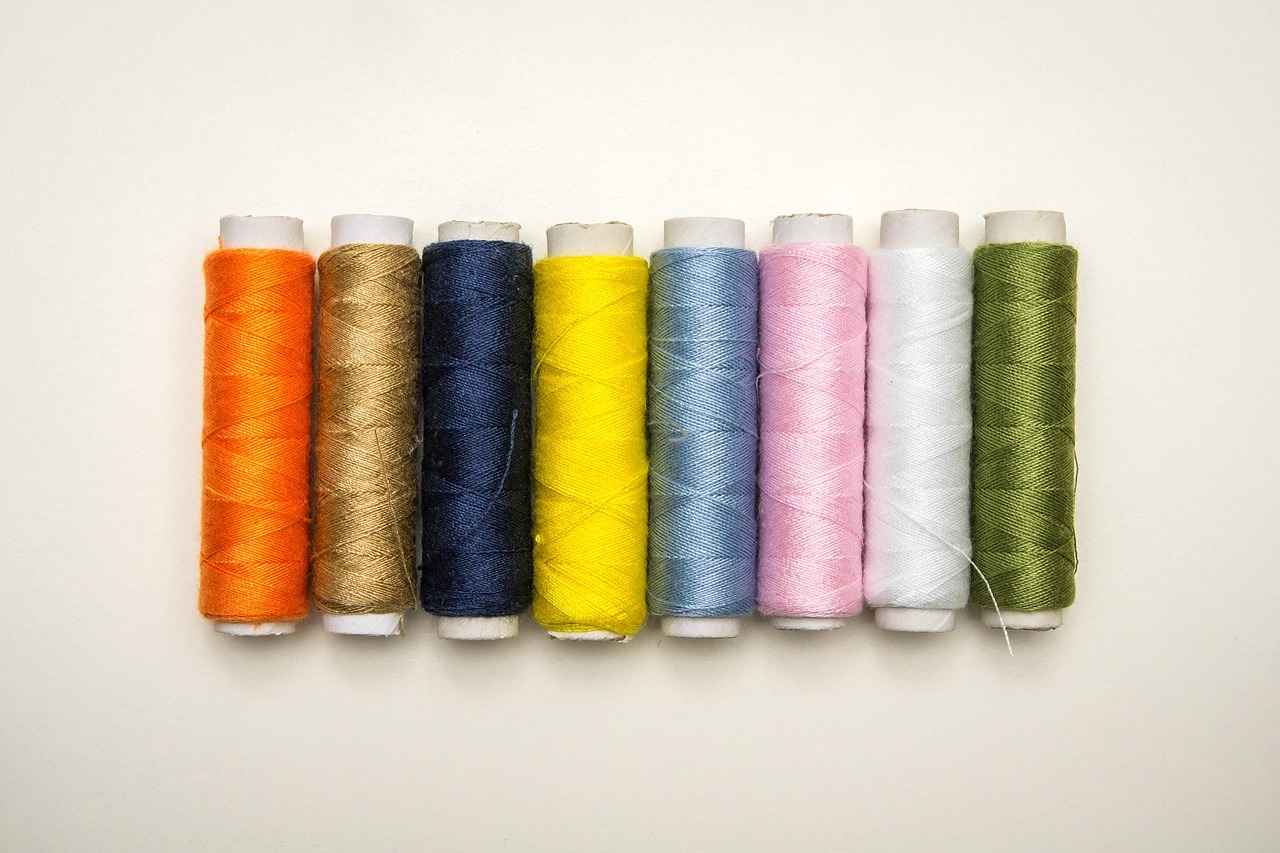
Patterns and Colors to Consider
The choice of patterns and colors can significantly impact the overall look of your kimono. Understanding how these elements affect your outfit will help you make a stylish choice. In this section, we will explore the various aspects of patterns and colors, providing you with insights that will enhance your kimono selection process.
Importance of Patterns
Patterns on a kimono can range from traditional motifs to modern designs. Traditional patterns often carry cultural significance and can tell a story, while modern patterns may appeal to contemporary aesthetics. When selecting a kimono, consider the context in which you will wear it. For formal occasions, intricate traditional patterns may be more appropriate, while casual outings could allow for more playful or abstract designs.
Color Choices and Their Effects
The colors you choose can evoke different emotions and reactions. For instance, red symbolizes luck and happiness, making it a popular choice for festive occasions. On the other hand, blue often conveys calmness and tranquility, suitable for more relaxed settings. When selecting your kimono, think about the message you want to communicate through your color choice.
Combining Patterns and Colors
When combining patterns and colors, balance is key. If your kimono features a bold pattern, consider pairing it with more subdued colors to avoid overwhelming your look. Alternatively, a solid color kimono can be enhanced with a patterned obi (sash) or accessories, allowing you to express your individuality while maintaining a cohesive appearance.
Practical Tips for Selection
- Consider the occasion: Choose patterns and colors that suit the event.
- Reflect your personality: Pick designs that resonate with your personal style.
- Test combinations: Don’t hesitate to try different patterns and colors together.
In conclusion, the patterns and colors of your kimono play a vital role in defining your overall look. By carefully considering these elements, you can create a stylish and meaningful outfit that reflects your personality and suits the occasion.
Traditional vs. Modern Patterns
When it comes to choosing the right kimono fabric, one of the most significant factors to consider is the pattern. Patterns not only define the visual appeal of the kimono but also carry cultural meanings and personal significance. In this section, we will delve into the differences between traditional and modern patterns, helping you make an informed decision that aligns with your style.
- Traditional Patterns: These patterns are often steeped in history, featuring intricate designs that reflect cultural heritage. Common motifs include floral designs, geometric shapes, and nature-inspired elements. Each design tells a story, connecting the wearer to their ancestry and traditions.
- Modern Patterns: In contrast, modern patterns tend to embrace simplicity and minimalism. They often feature bold colors and abstract designs, appealing to those who prefer a contemporary aesthetic. These patterns can be more versatile, making them suitable for various occasions, from casual outings to formal events.
When selecting a pattern, consider your personal style and the message you wish to convey. If you value tradition and cultural significance, a kimono with traditional patterns may resonate with you. On the other hand, if you lean towards a more modern look, opt for contemporary patterns that reflect current fashion trends.
Ultimately, the choice between traditional and modern patterns is a reflection of your individuality. Whether you choose an intricate design that honors your heritage or a sleek, modern aesthetic, the right pattern can enhance your kimono and express your unique style.
In conclusion, understanding the differences between traditional and modern patterns is essential in selecting the perfect kimono. Take your time to explore various options, ensuring that your choice aligns with your personal taste and the occasion for which you are dressing.
Color Psychology in Fashion
plays a significant role in how we perceive and express ourselves through clothing. When it comes to selecting a kimono, understanding the emotional impact of colors can greatly influence your choice. Each hue carries its own set of meanings and associations, allowing you to reflect your personality and the mood of the occasion.
Colors can evoke a wide range of emotions. For instance, red is often associated with passion and energy, making it a bold choice for festive events. On the other hand, blue is linked to calmness and serenity, perfect for more relaxed gatherings. Yellow symbolizes happiness and optimism, making it an excellent choice for summer outings.
When choosing a kimono, it’s important to consider not only the color but also the context in which you’ll be wearing it. For formal occasions, opting for deeper, richer colors like navy or emerald green can convey sophistication and elegance. In contrast, lighter shades such as pastels can offer a fresh and cheerful vibe, ideal for casual or daytime events.
Furthermore, consider the cultural significance of colors when selecting your kimono. In Japanese culture, certain colors may carry specific meanings or be associated with particular seasons or festivals. For example, pink is often linked to spring and the cherry blossom season, evoking feelings of renewal and beauty.
In conclusion, understanding color psychology can greatly enhance your kimono selection process. By choosing hues that resonate with your emotions and the occasion, you can create a harmonious and stylish look that truly reflects your personality. Remember to embrace the power of color and let it guide you in your fashion choices.
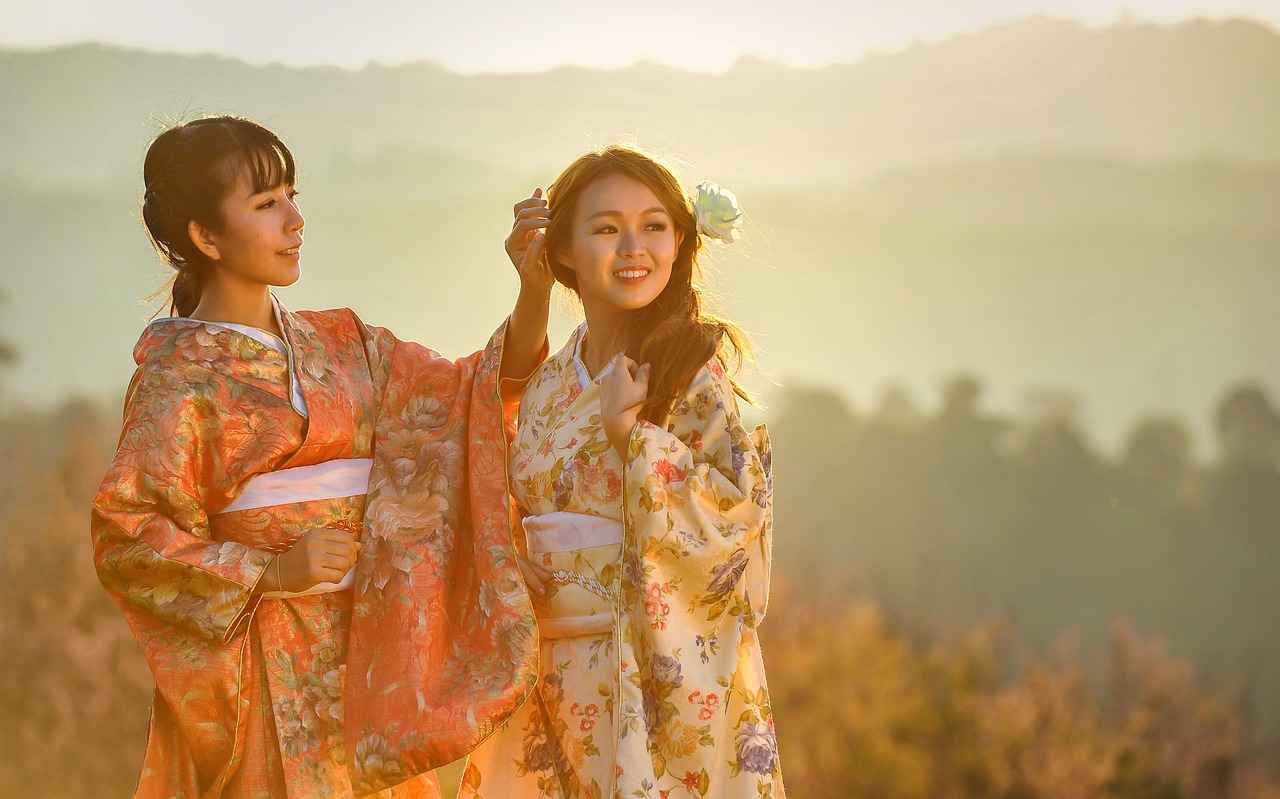
Final Considerations When Choosing Fabric
When it comes to selecting the perfect kimono fabric, there are several key factors to keep in mind that can greatly influence your choice. Understanding these aspects will not only enhance your overall style but also ensure that your kimono is suitable for the occasion.
First and foremost, consider the comfort of the fabric. Fabrics such as silk and cotton offer different levels of comfort; silk is luxurious and smooth, while cotton is breathable and casual. Choosing a fabric that feels good against your skin is essential, especially if you plan to wear the kimono for extended periods.
Next, think about the occasion for which you are selecting the kimono. For formal events, a silk kimono with intricate designs may be more appropriate, while a cotton kimono is perfect for casual outings or summer festivals. The context in which you will wear the kimono should guide your fabric choice.
Your personal style is another crucial factor. Do you prefer vibrant colors and bold patterns, or are you drawn to more subtle, traditional designs? Your fabric choice should reflect your unique aesthetic. Additionally, consider how the chosen fabric complements your existing wardrobe. A versatile kimono can enhance multiple outfits, making it a valuable addition to your collection.
Finally, don’t overlook the seasonality of the fabric. Lightweight materials like cotton are ideal for summer, while heavier fabrics such as wool or layered silk are better suited for winter wear. By aligning your fabric choice with the season, you can ensure both comfort and style.
In summary, when selecting the right kimono fabric, keep in mind the importance of comfort, occasion, personal style, and seasonality. By carefully considering these factors, you can confidently choose a kimono that not only enhances your wardrobe but also expresses your individuality.
Frequently Asked Questions
- What is the best fabric for a kimono in summer?
For summer, lightweight fabrics like cotton and linen are your best bets. They allow for breathability and keep you cool during those hot days while still looking fabulous!
- Are silk kimonos suitable for casual wear?
Silk kimonos are typically more suited for formal occasions due to their luxurious feel and intricate designs. However, you can totally style them down with casual accessories for a chic look!
- How do I care for my silk kimono?
Caring for silk is a bit of a delicate dance! Always handwash your silk kimono and let it air dry to maintain its quality and vibrant colors. Treat it with love, and it will last you for years!
- What patterns should I choose for a traditional event?
For traditional events, opt for kimonos with intricate designs that reflect cultural significance. Think floral motifs or classic patterns that tell a story and show respect for the occasion!
- Can I wear a kimono in winter?
Absolutely! For winter, look for kimonos made from heavier fabrics like wool or layered silk. They’ll keep you warm while ensuring you still make a stylish statement!
